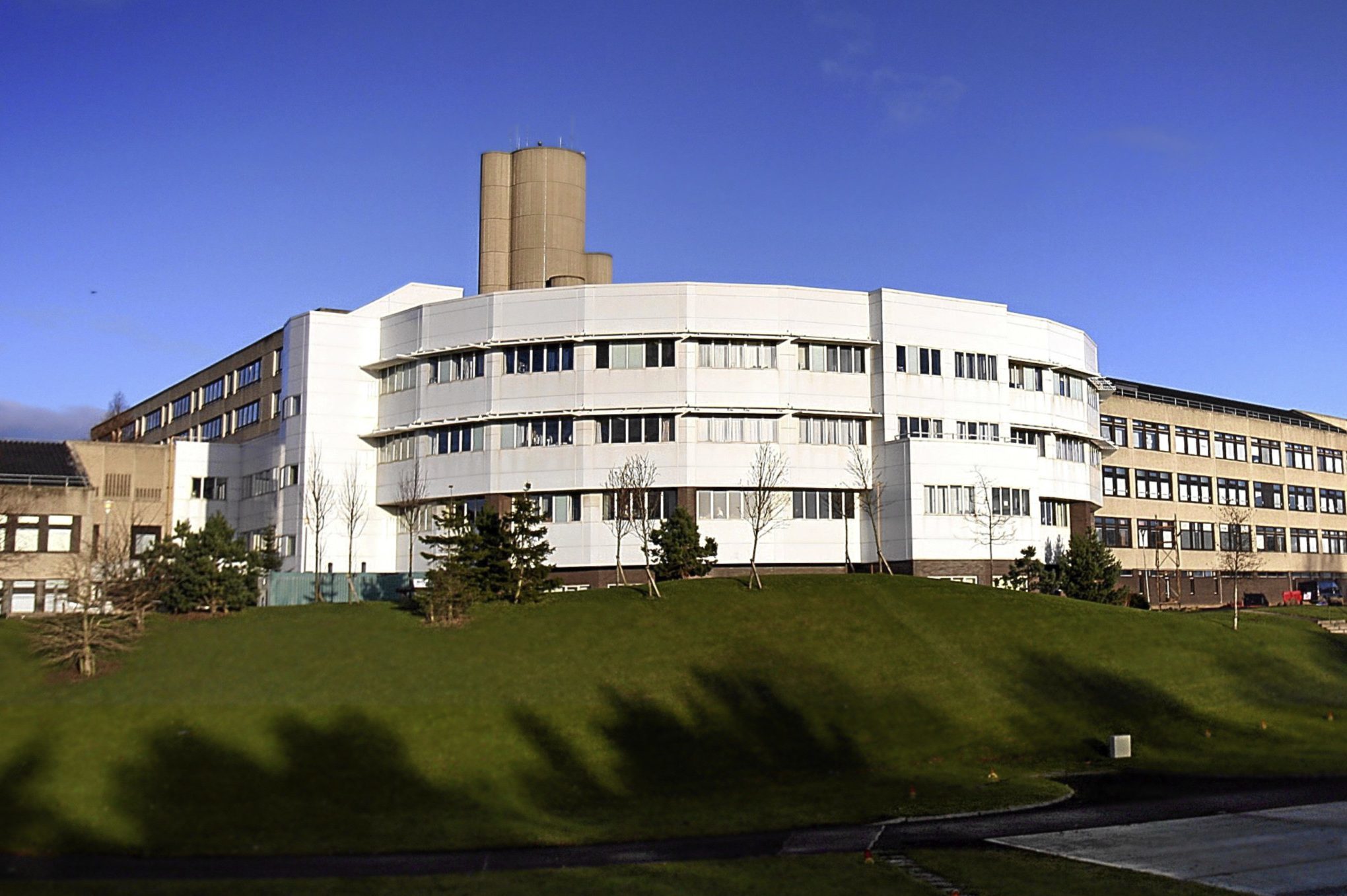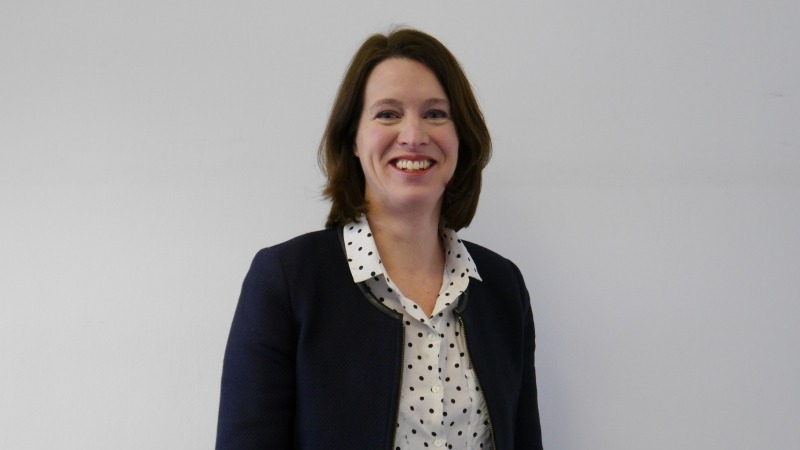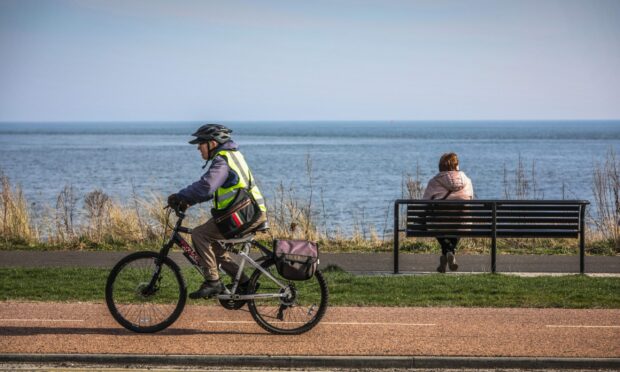NHS Tayside is about to embark on a radical five-year transformation of its health services that will change how patients receive care.
The ambitious programme of modernisation will see the service redesigned and reformed to improve the health and wellbeing of people and communities.

The changes are being made amidst unprecedented budgetary pressures, with the NHS seriously financially challenged across the country.
Over the past three years, NHS Tayside has been spending more than the budget it receives and has required Scottish Government bailouts to achieve financial balance.
That will mean a crackdown on waste, from cutting out unnecessary
prescribing of medication and unnecessary medical procedures to
disposing of buildings that are no longer fit for purpose.
It will also mean a shift to more effective means of giving care, with an increasing awareness amongst the medical profession that traditional means of providing care may no longer be the best solution.
Hospitalisation and a network of local community hospitals are still what many people expect of their health service, but the modernisation programme will
signal a shift to providing more services in the community or home and a shift to regional and national specialist centres.
Dundee has already been chosen as one of four national trauma centres and that model will continue for further specialities in collaboration with other Scottish NHS trusts.
Perhaps most importantly, the NHS is faced with responding to Scotland’s changing demographics – in particular an ageing population – and that is one of the prime motives for transforming health services in Tayside.
People are living longer and as a result more patients are living with multiple, long-term medical conditions, such diabetes and heart disease.
That means increased investment in care for older people – particularly in areas such as Highland Perthshire, Broughty Ferry and Monifieth where the percentage of elderly residents outstrips other parts of Scotland.
In addition, the NHS will look to rise to the challenge of providing a suitably-trained workforce over the next five to 10 years.
Introducing innovation and new techniques, reducing spending on agency staff and addressing skills shortages in areas such as mental health will be key.
Overall, the NHS hopes that the changes will result in a fit and lean
health service capable of providing the highest quality service to 21st century patients.
Call to health profession to increase pace of change
One of the driving forces behind NHS Tayside’s transformation is Scotland’s chief medical officer, Dr Catherine Calderwood.
She has called for a new “realistic medicine”, challenging the profession to abandon the outdated “doctor knows best” structure and instead adopt
modern practices.
Her first annual report to the Scottish Government and medical profession outlines the cultural shift she believes needs to take place.
Dr Calderwood said: “Doctors work in a complex system which, in these demanding times, is under pressure to change.
“Scotland has an increasingly ageing population and a growing number of people who live with multiple and complex conditions.
“The subsequent increase in demand for services in an age of austerity requires us to achieve more through better use of resources.”
Audit Scotland has called for a “fundamental change” in the way NHS Scotland delivers services to cope with those increasing demands and has challenged it to increase the pace of change.
That will be led by a shift from focusing on urgent care to early detection and even prevention of illnesses.
Dr Calderwood said: “Services must adapt to the way in which people with multiple, complex and frequently changing conditions require to access care and support.
“Current models of healthcare are stretched and do not always suit patients, their carers or the aspirations of the workforce.”











